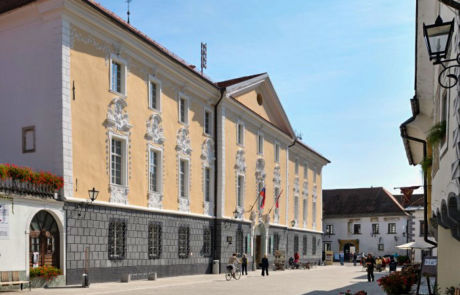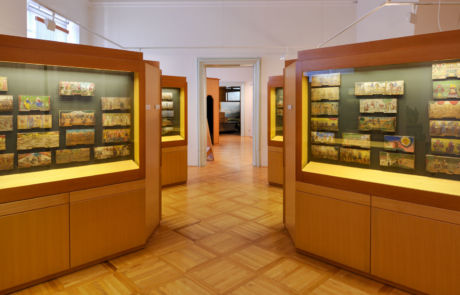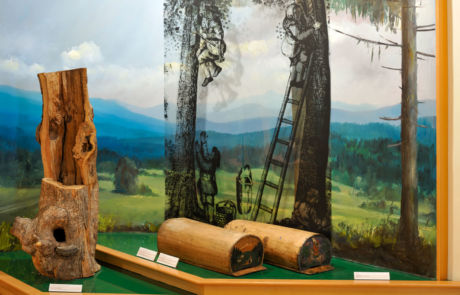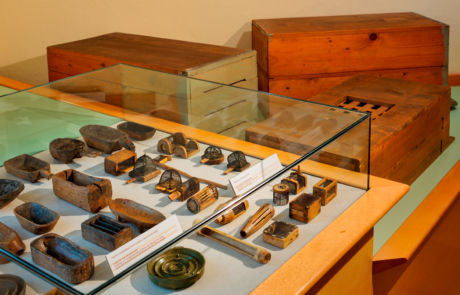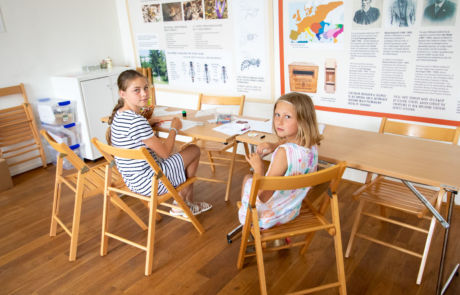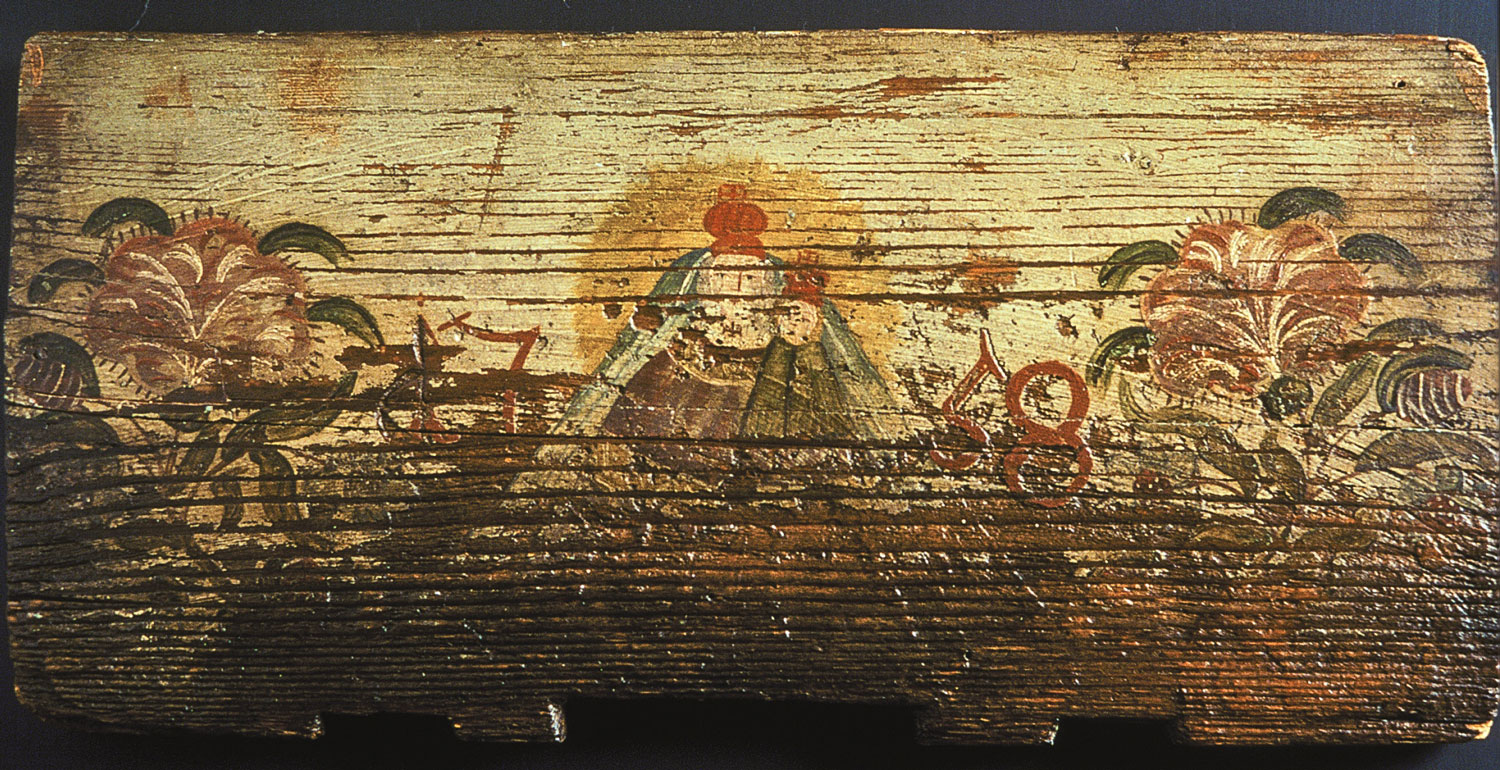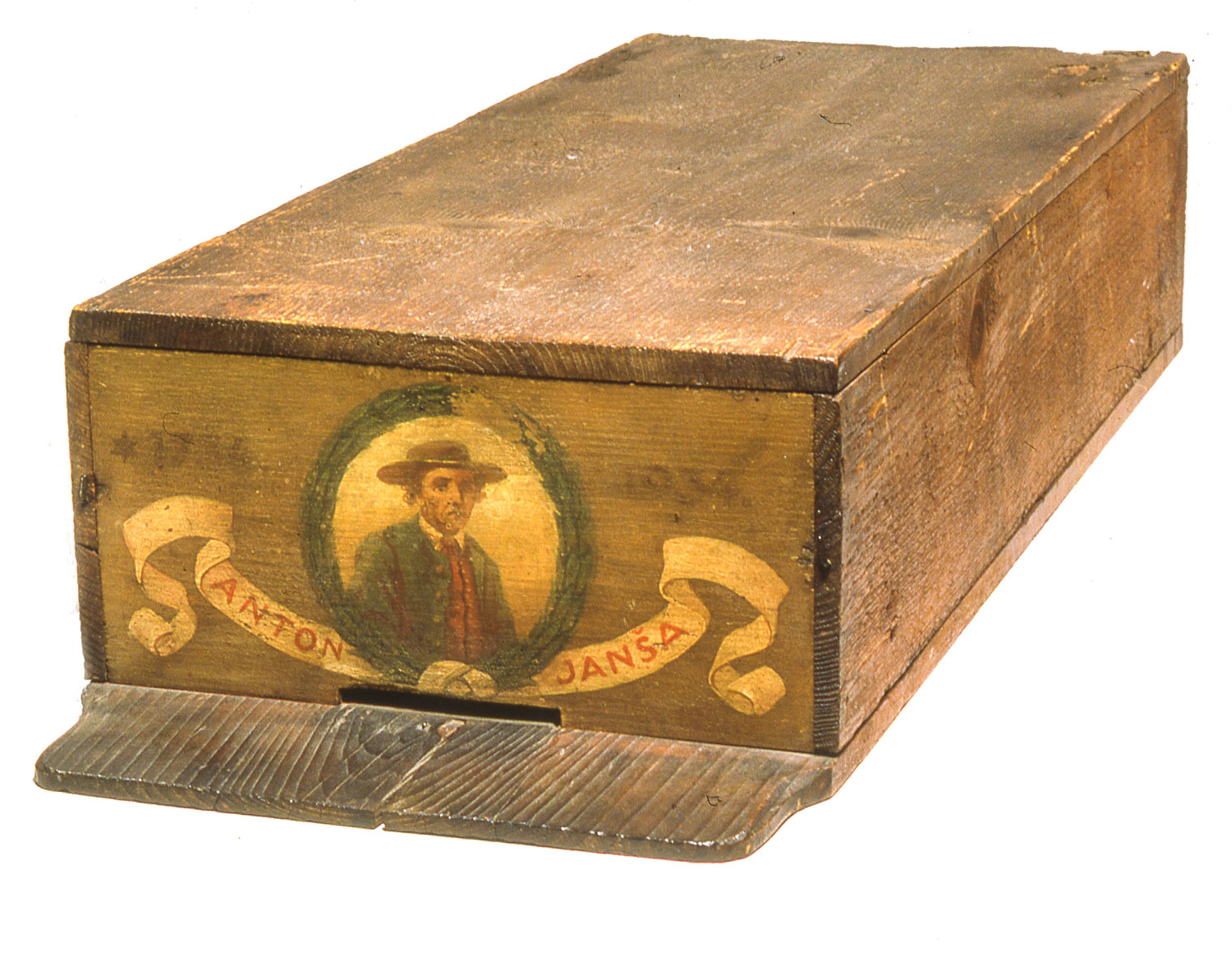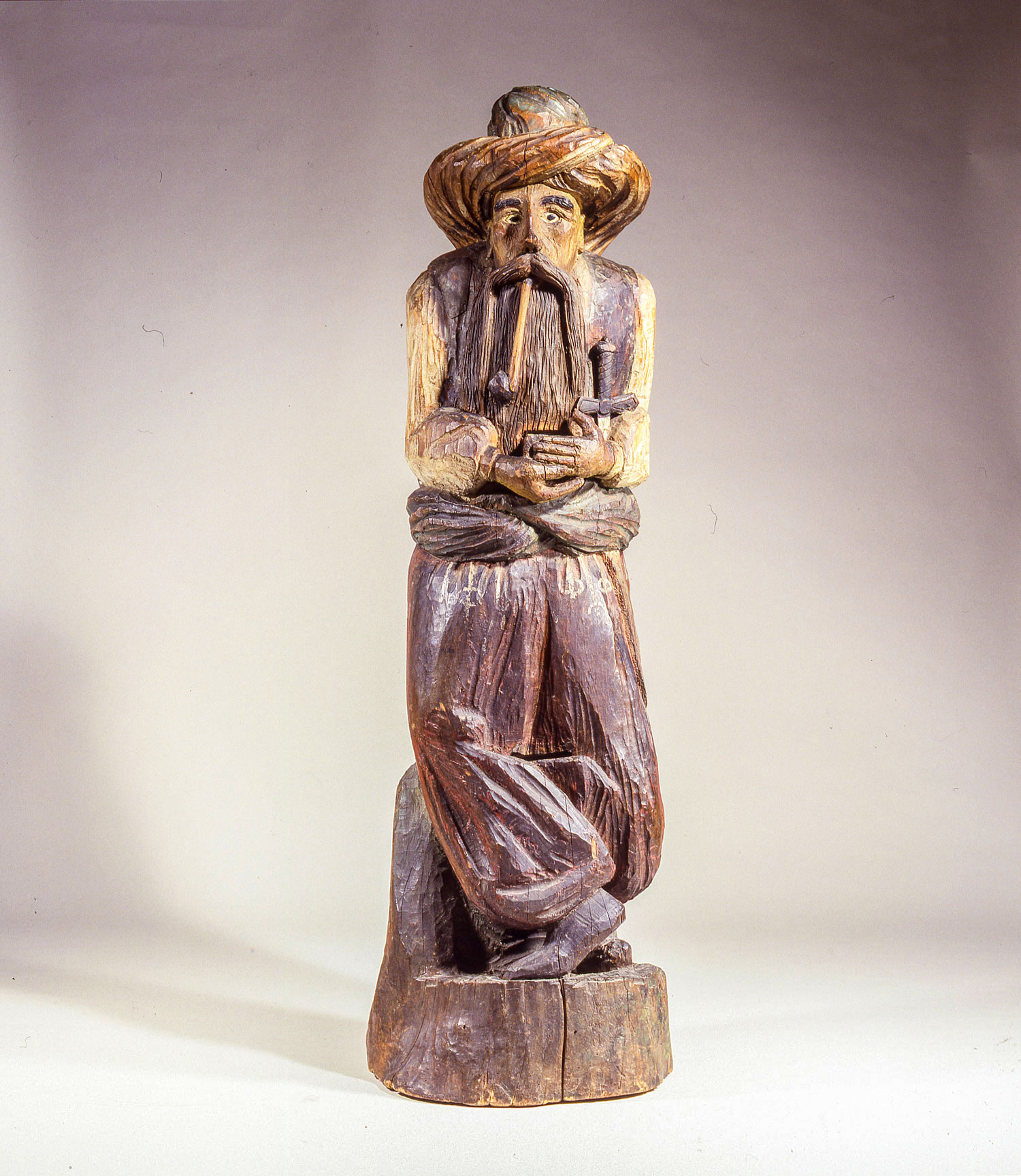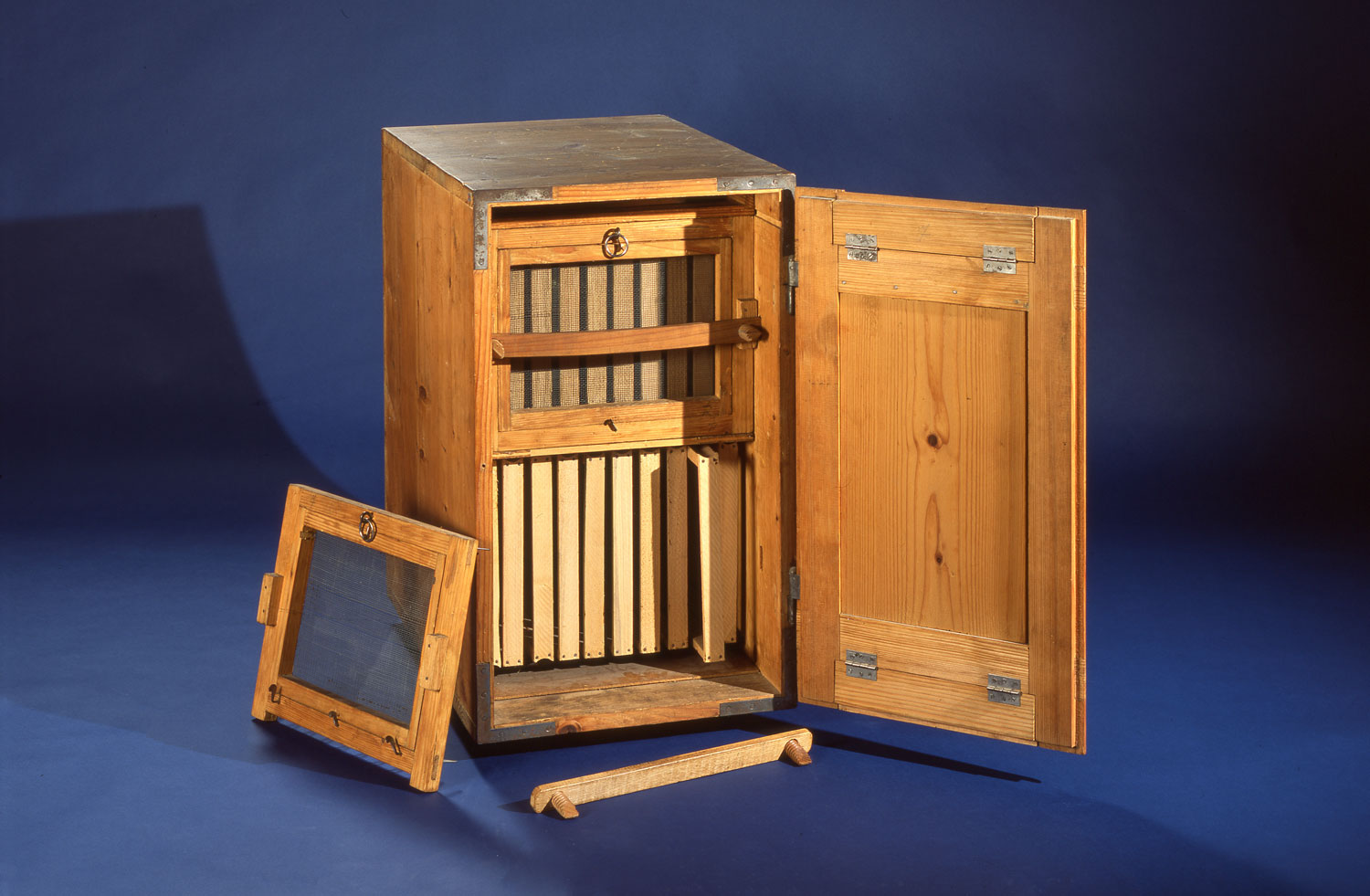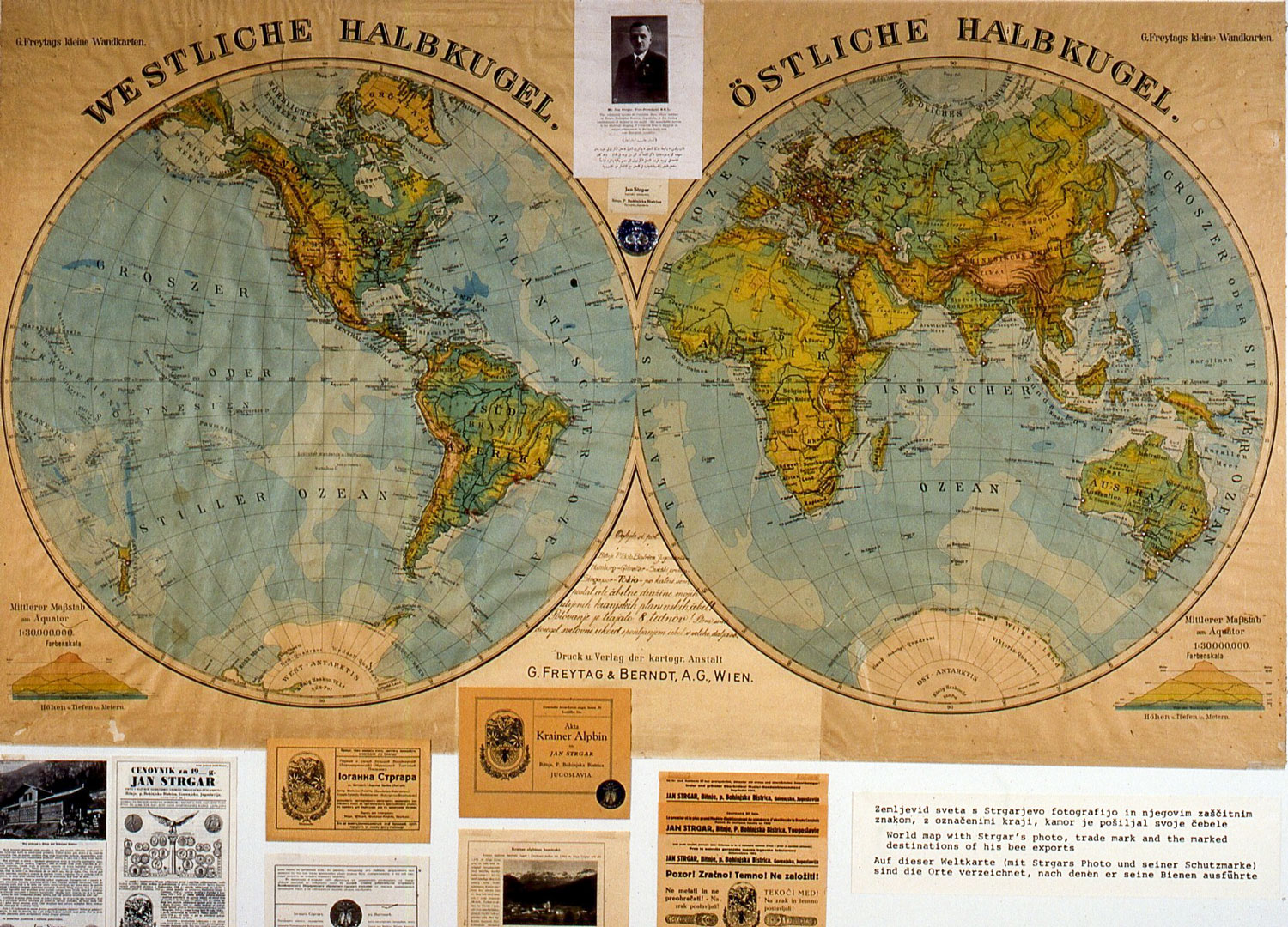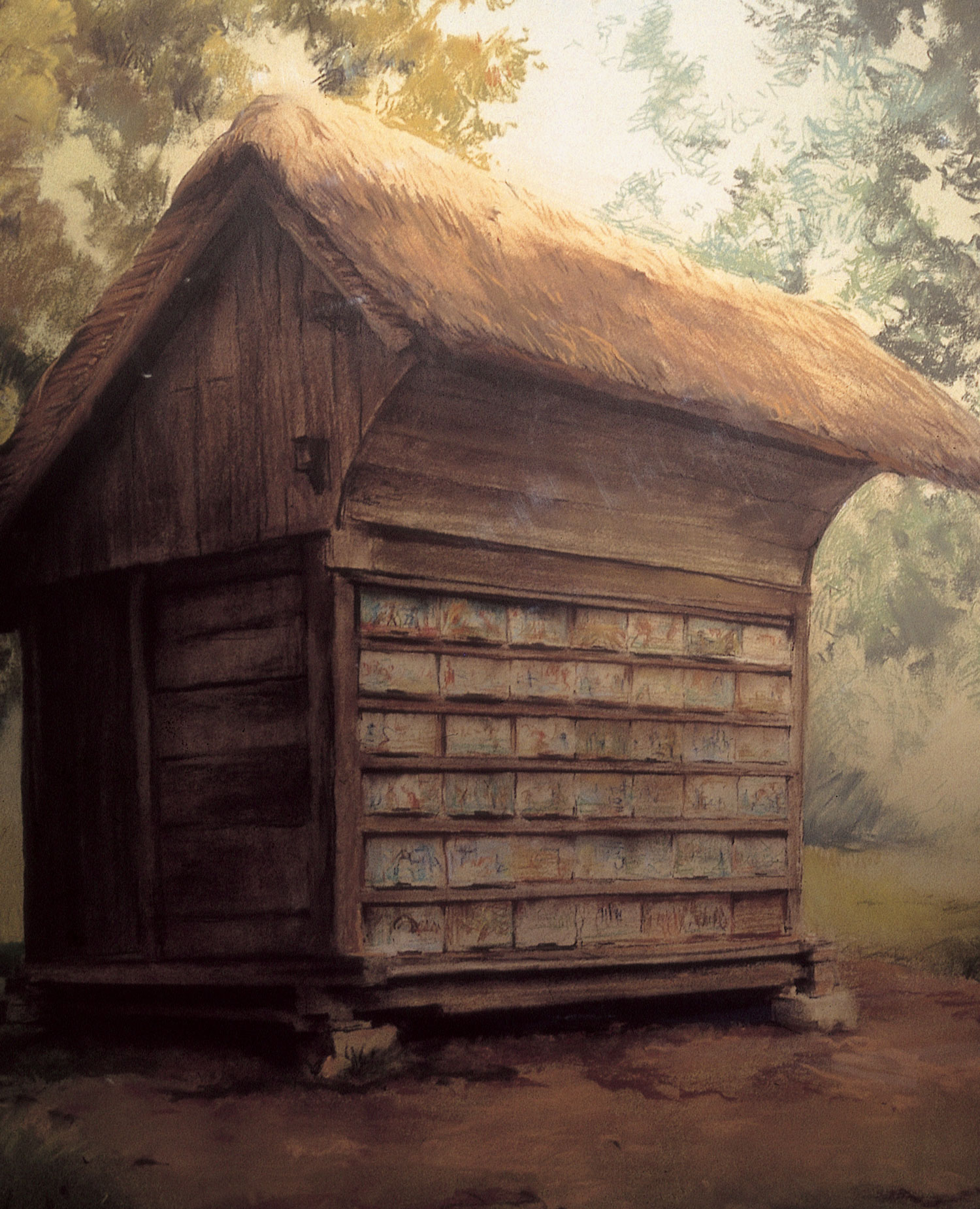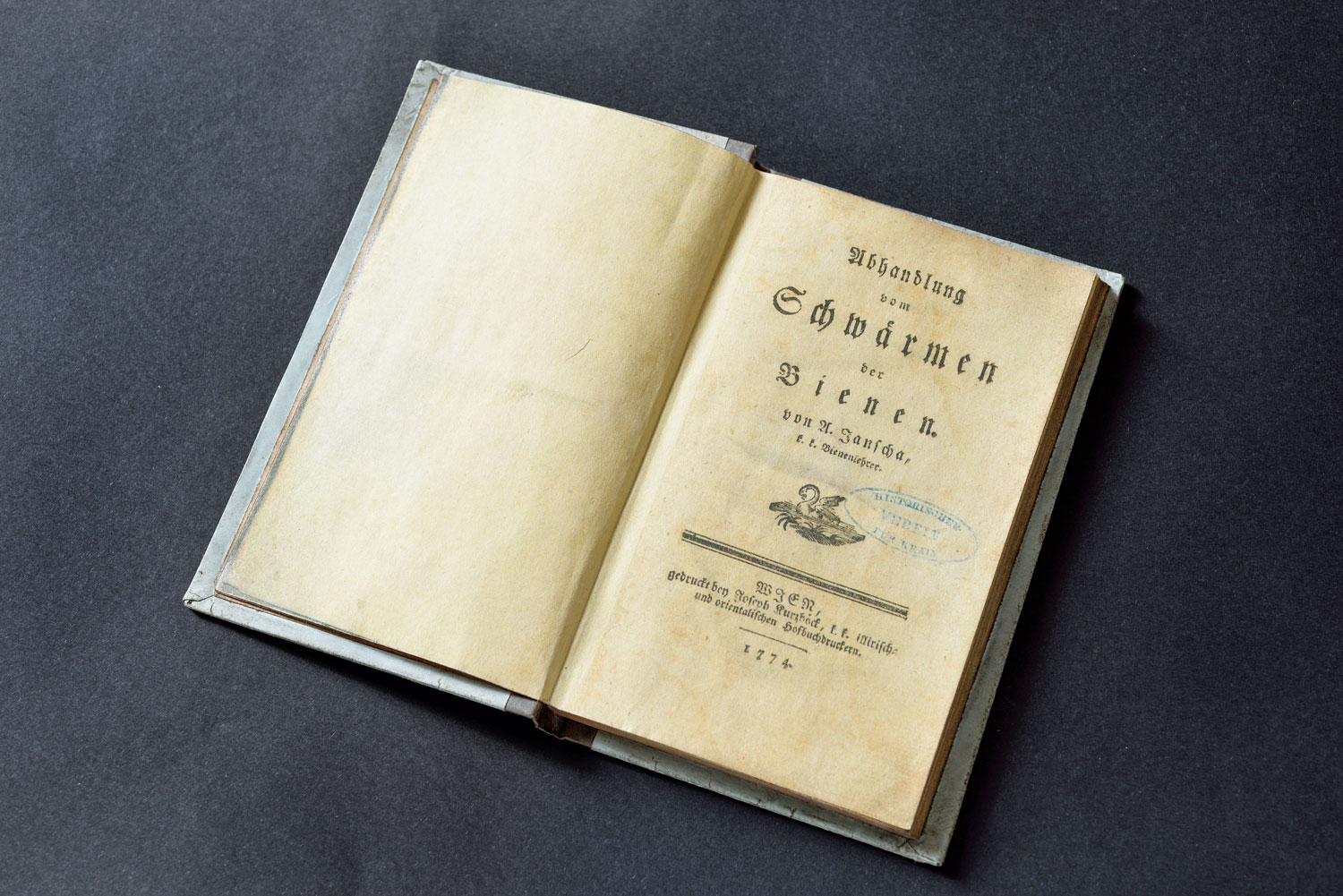Home / Museum of Apiculture
Museum of Apiculture
Learn about Rich Tradition of Beekeeping in Slovenia
The Museum of Apiculture presents the rich tradition of Slovenian beekeeping – a unique cultural heritage in Slovenia and the world. The museum’s exhibits include information about the important personalities that characterised the development of beekeeping (among others, Anton Janša (1734–1773), the pioneer of modern apiculture), and there is a large collection dedicated to beekeeping tools and techniques. The museum provides an insight into typical bee habitation, describes the meaning and symbolism of bees, and acquaints visitors with a vast range of beekeeping literature.The museum’s greatest exhibit is the extensive collection of decorative beehive frontal panels. These panels are specific to Slovenia only and are a true speciality of Slovenian folk culture.
Part of the permanent exhibition is dedicated to the life of the Carniolan bee (Apis mellifera carnica Pollman), an indigenous Slovenian bee species that is considered part of the country’s natural heritage. Visitors can also see a Carniolan grey bee family in the observation hive from May to October, which is a particularly special experience.
The museum also showcases many trades that have evolved around beekeeping, such as candle-making and honey bread making (lectarstvo).
The Museum of Apiculture in Radovljica is the only specialised authorised national museum in Slovenia. A visit to the museum is a great opportunity to become fully acquainted with the rich history of beekeeping in Slovenia.
The Museum of Apiculture in Radovljica is the only specialised authorised national museum in Slovenia. A visit to the museum is a great opportunity to become fully acquainted with the rich history of beekeeping in Slovenia.
Decorative Painted Beehive Frontal Panels
The collection includes specimens of the oldest known beehive frontal panels from the 18th century to the decline of this folk art in the early 20th century.
Numerous different motifs are painted on the panels, from religious scenes with images of saints and their stories to secular scenes from history and everyday life. The oldest painted frontal panel on display – Božjepotna Marija (Pilgrim Mary) – dates from 1758.
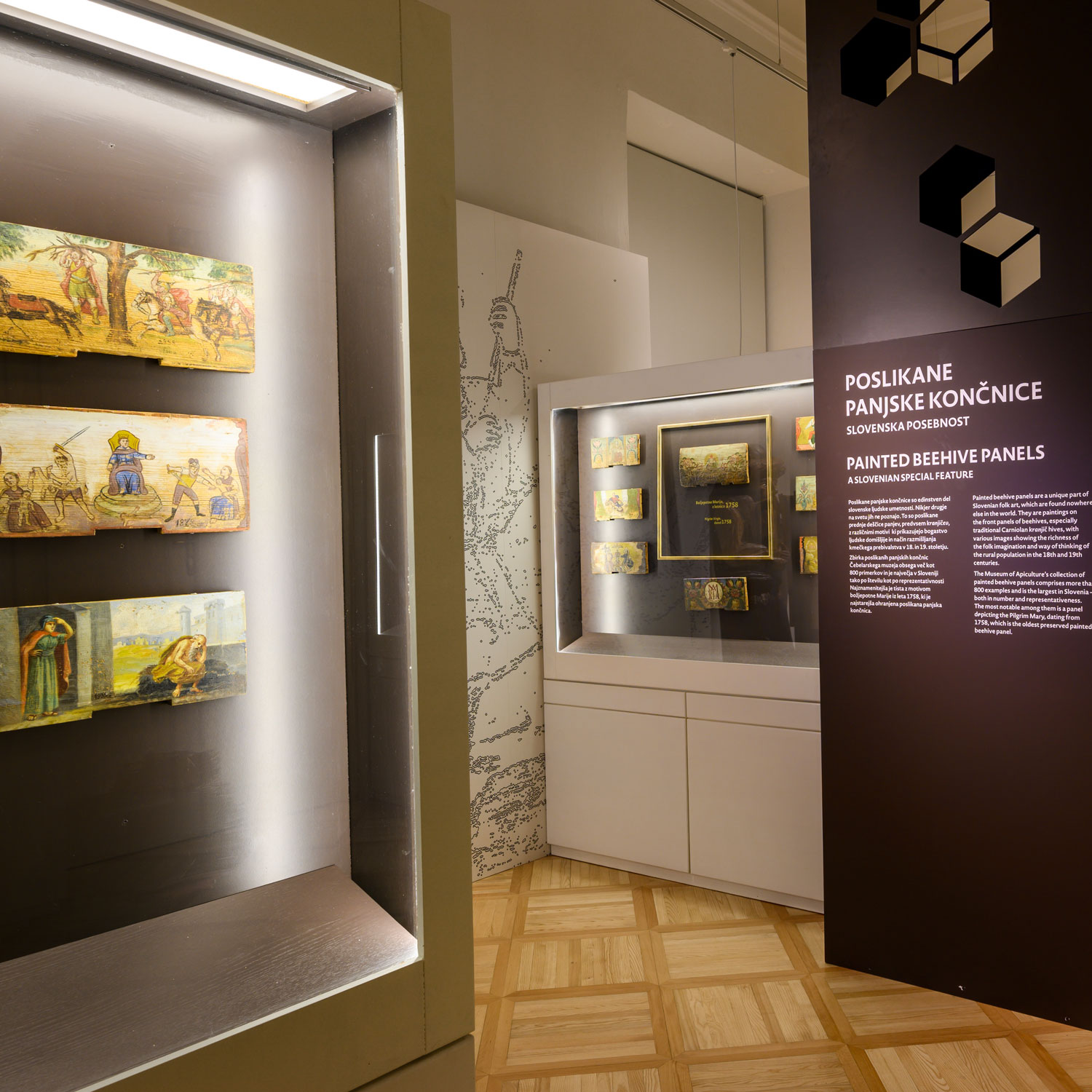
Hives and Hive Equipment
The collection presents Slovenian and foreign bee dwellings from the beginnings of domestic beekeeping to modern types of beehives. These include baskets made from wicker or straw, wooden hives from boards (kranjiči) and figural hives.
Individual parts of the hives and their equipment are on display, as well as the most typical beehives, the development, use and origin of which can be traced.

Beekeeping Tools
The collection of beekeeping tools is extensive and selectively exhibited. The exhibits include manual tools, machines and equipment used by beekeepers, as well as protective clothing and means of transport.
Among the items on display are those that attest to the work of beekeepers, such as swarm catchers, spoons for hiving swarms, cages for isolating drones, feeders, queen cages, honey extractors, wax presses, pipes and incense, various knives and rakes for cutting out combs, etc.

Beekeepers, Beekeeping Associations and Insignia Collection
A rich collection of insignia with which beekeepers show allegiance to the beekeeping profession and its associations, as well as items related to awards for their achievements, actions and work.
These include various medals and badges, coats-of-arms, banners and flags, awards, recognitions, posters, diplomas, commemorative items, archive and documentary materials and beekeepers’ personal items.
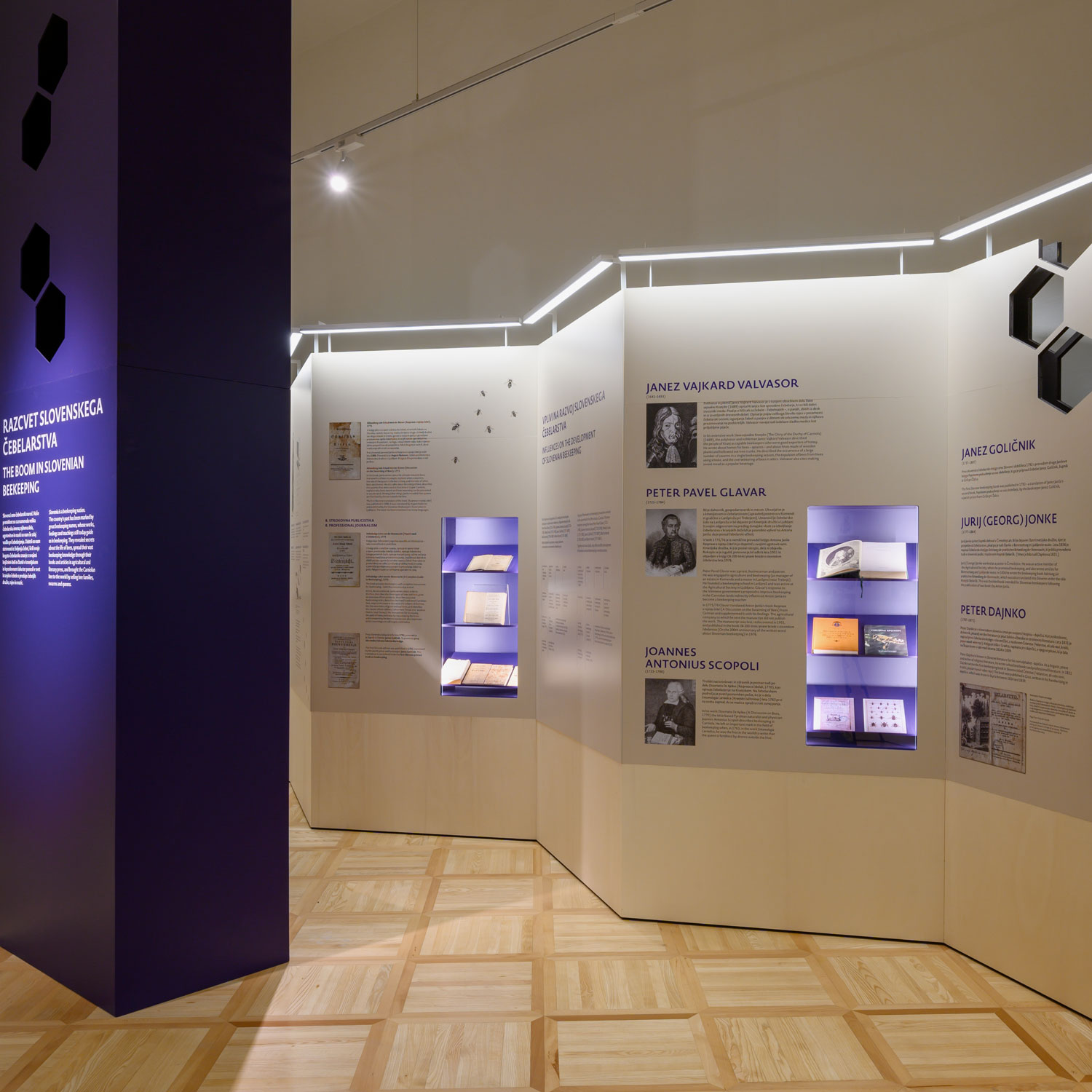
Beekeeping Art
The collection includes artwork related to beekeeping motifs and objects of applied art. The permanent exhibition features paintings (Peter Žmitek, Janša’s homestead in Breznica, Maksim Gaspari, Beekeeper) and an artistic figural hive (Peter Jovanovič, figural hive of a beekeeper).
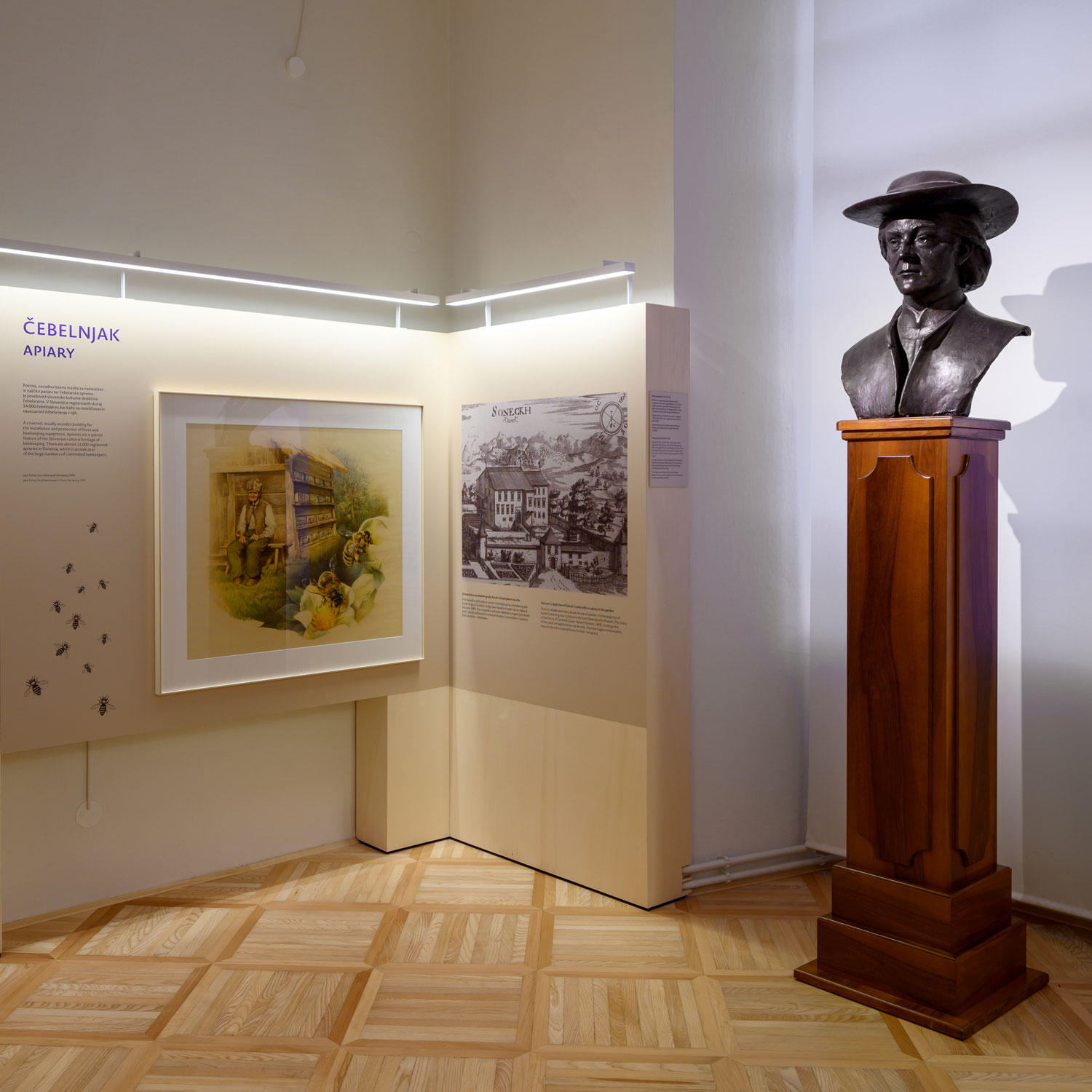
Bee Products and their Uses
The collection consists of bee products such as honey, propolis, pollen, honey and spirits, as well as items related to apitherapy. Among others, there are accessories and products related to bee products.
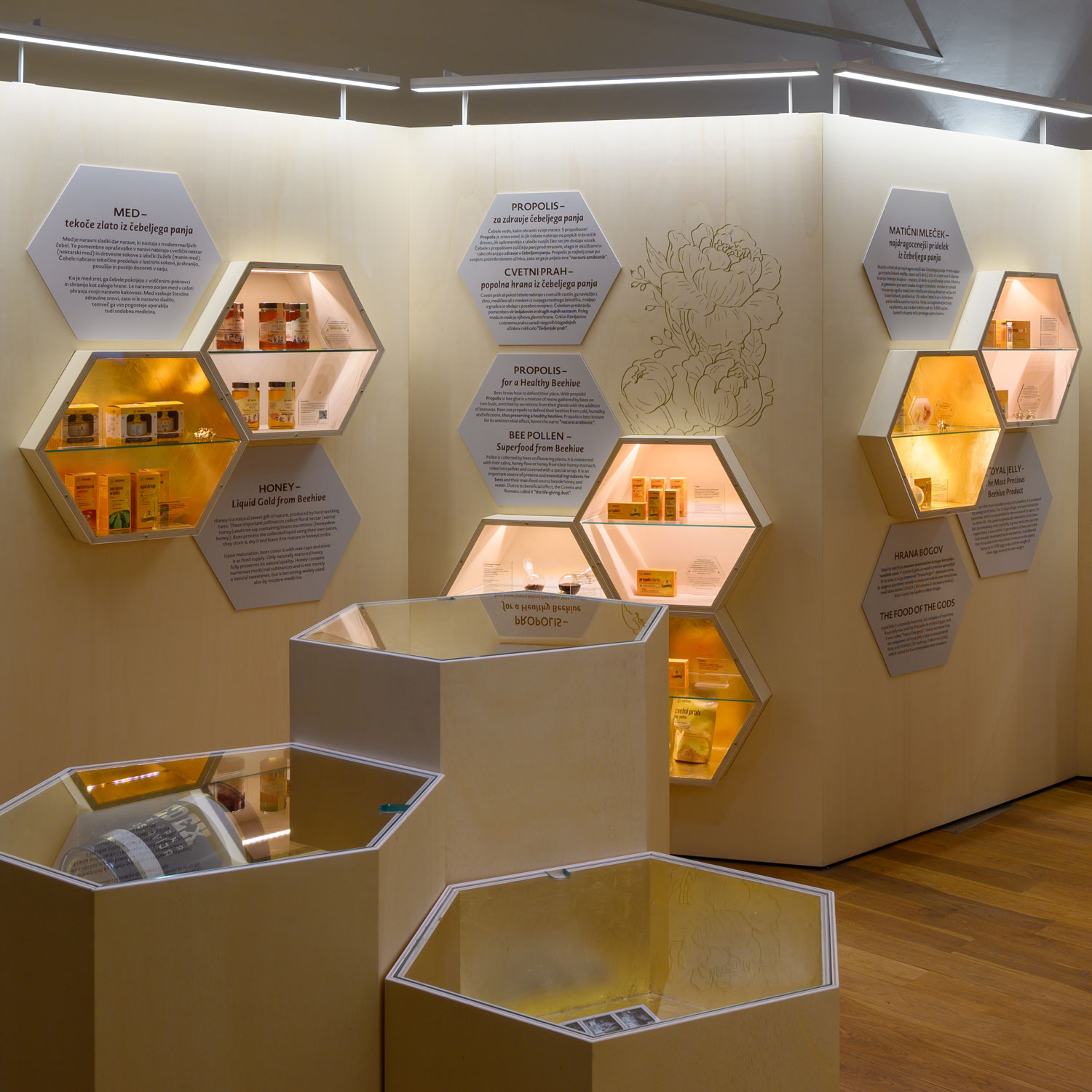
Notable Objects of Museum of Apiculture
Information for Visitors

Linhartov trg 1
4240 Radovljica
+386 45 32 05 22
mro@mro.si
Curator:
Kristina Seljak
+386 45 32 05 26
kristina.seljak@mro.si
Opening Hours
*Swipe right to view the entire table.
| Months | Days | Opening hours |
|---|---|---|
| January–December | Tuesday–Sunday | 10.00–18.00 |
Opening Hours during Holidays
Admission
Admission for unguided visit
| Visitors | Admission (Apiculture Museum) | Admission (Apiculture and Municipal Museums) |
|---|---|---|
| Children | 5,00€ | 6,00€ |
| Adults | 8,00€ | 10,00€ |
| Retirees, students | 6,00€ | 8,00€ |
| Families | 16,00€ | 18,00€ |
Advance booking required for groups
Guided tours require reservations in advance at least one week prior to arrival. Reservations are accepted by e-mail mro@mro.si or by phone number +386 40 645 283 or +386 45 32 05 22. Admission fee according to the price list. Guided tour requires extra charge.
Admission for guided tours (from 10 to 25 persons). Extra charge per group (free guidance only for school groups).
| Guided tour in Apiculture Museum | in slovenian language only in advanced agreement:
25€ per group |
| Guided tour in Apiculture Museum | in english language only in advanced agreement:
35€ per group |
| GIFT VOUCHER: Guided tour in Apiculture Museum held by curator or beekeeper | in slovenian language only in advanced agreement:
50€ per group |
Validation of price list since 1. 1. 2023.
Access
The Museum of Apiculture is situated in the Radovljica Manor in Radovljica Old Town. In the vicinity of Radovljica Manor that is located at the Linhart Square there is a public parking where you can leave your car.
The main bus station, as well as the train stop, is located 500 metres (1640 feet) from the Radovljica Manor. Radovljica is accessible by public transportation from Ljubljana, Kranj and Bled.
Accessibility
The Museum of Apiculture is located on the first floor of Radovljica Manor and is accessible by the elevator.
Audio guide
We have ensured that visitors and tourists will have added value when visiting the Beekeeping Museum. We have produced an audio guide in Slovenian, German and Italian. You can access the audio guide in the following steps:
- With a smart phone
- Scan the QR code
- Choose your language
- Listen and enjoy interesting facts about the life of bees.
The audio guide can also be accessed via the Nexto app.

